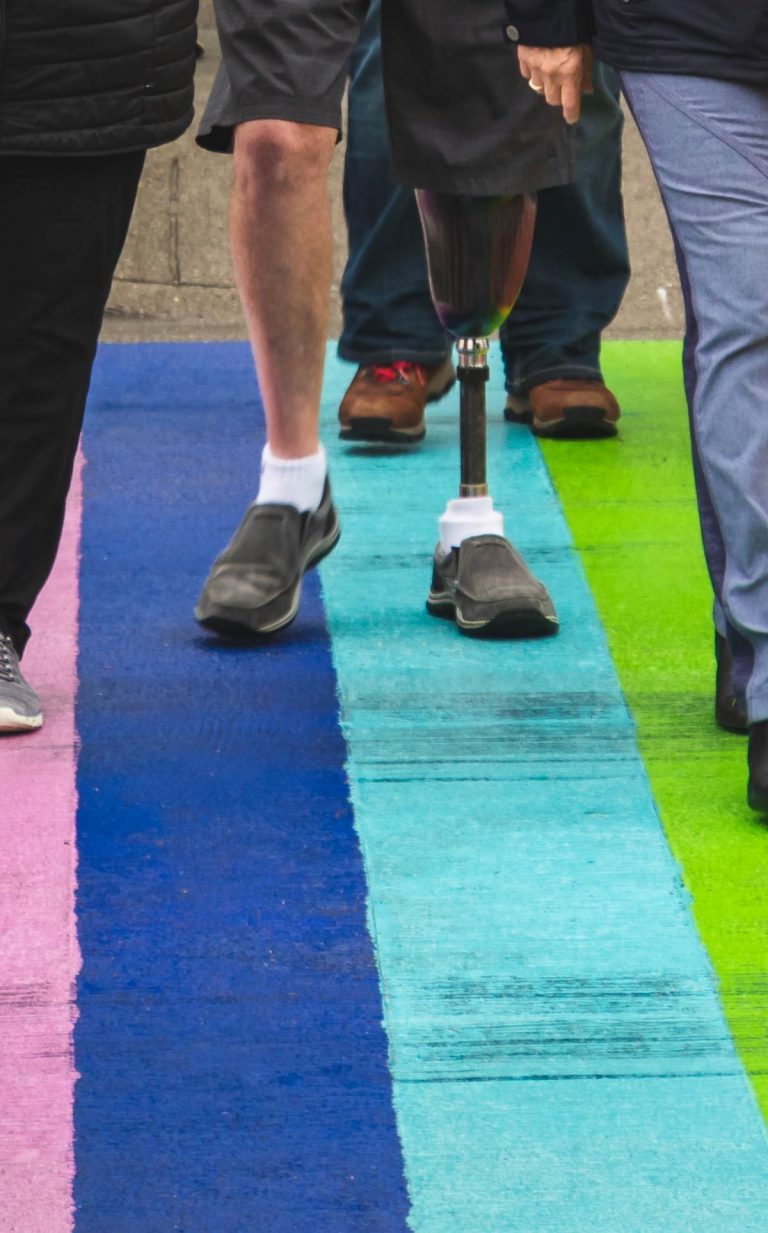
Opinion
Why inclusivity is the new exclusivity
By James Patefield
Opinion
Why inclusivity is the new exclusivity
By James Patefield
Published Oct 29, 2020 at 09:30 AM
Reading time: 2 minutes
Trends
Oct 29, 2020
Inclusivity is imperative in our society today, but it can’t be achieved by a ‘one size fits all’ attitude. By creating unique products that focus on the needs of one particular group, we are all constantly working on being more inclusive—not allowing anyone to feel ostracised or unheard.
We are seeing companies offer a wider variety of products. There is even mass customisation so that products can be made to order, adhering to personal needs. Gradually, we are embracing uniquely customised and designed products. In turn, many of us who were previously at the centre of every new design have had to step back and understand that some products are simply designed for others.
Recently, we’ve witnessed some truly inspiring and diverse products and campaigns hit the market. Here are some of the brands and ideas that are leading the way in championing inclusivity by thinking of every last detail. Here’s why exclusivity is so last year!
The clear facemask
Over the last few months, facemasks have become an essential part of our everyday attire. But for many people with hearing difficulties who rely largely on lip reading and facial expressions, this has made communication much more difficult. Overall, 55 per cent of communication is visual, so the traditional mask design prevents many deaf people from accessing these all-important cues.
In response to this, companies such as Clear Mask have designed see-through masks that allow those who heavily rely on visual communication to see people’s full faces. In many scenarios, miscommunication causes serious errors, as well as leading to people feeling isolated. Thankfully, these clear masks are now readily available on the market, allowing the hearing and the hearing impaired to communicate clearly.
The Xbox Adaptive Controller
In 2018, Xbox released its Adaptive Controller. According to Xbox, it was primarily designed to make gaming more accessible by meeting the needs of gamers with limited mobility. Not only was the Adaptive Controller designed to meet these needs, the user experience is also customisable, which allows players to create their ideal gaming experience through button remapping and profiles.
This design was created hand in hand with multiple disability charities including the AbleGamers Charity, the Cerebral Palsy Foundation, SpecialEffect, and Warfighter Engaged, in order to ensure that Xbox gameplay would now be accessible to as many people as possible.
Colours of the world
In addition to accessibility and a push for inclusivity for those with disabilities, we have also seen a recent surge of companies that are creating products which embrace ethnic inclusivity. Crayola, for example, recently launched a crayon set entitled ‘Colours of the World’, which includes 24 different skin tone shades.
Thanks to this push towards inclusivity, children everywhere will now be able to recognise their own skin tones in their drawings, colour-in people of all different skin tones, and learn about diversity from an early age. About time!
OXO Good Grips cooking utensils
Designed with people who suffer from arthritis in mind, Good Grip utensils are created from rubberised material and they incorporate ridged surfaces which make the devices easier to hold.
The idea for the innovative and inclusive design was born when Sam Farber, founder of OXO, realised that his wife struggled to hold cooking utensils due to her worsening arthritis. After this, he decided to create a range of ‘more thoughtful’ cooking tools that would benefit people with arthritis everywhere.
Fluide makeup
Finally, we have Fluide, the brand that creates “makeup for him, her, them, everyone.” Fluide works to improve inclusivity in the makeup industry by championing LGBTQ+ and ethnically diverse communities. Fluide creates makeup ranges for all skin tones and gender expressions, allowing every one of their customers to feel seen and included.
There’s no doubt about it—inclusivity is the new exclusivity and one size certainly doesn’t fit all. Hopefully, we will see this trend towards inclusive designs and exciting new product ideas continue over the coming years.




